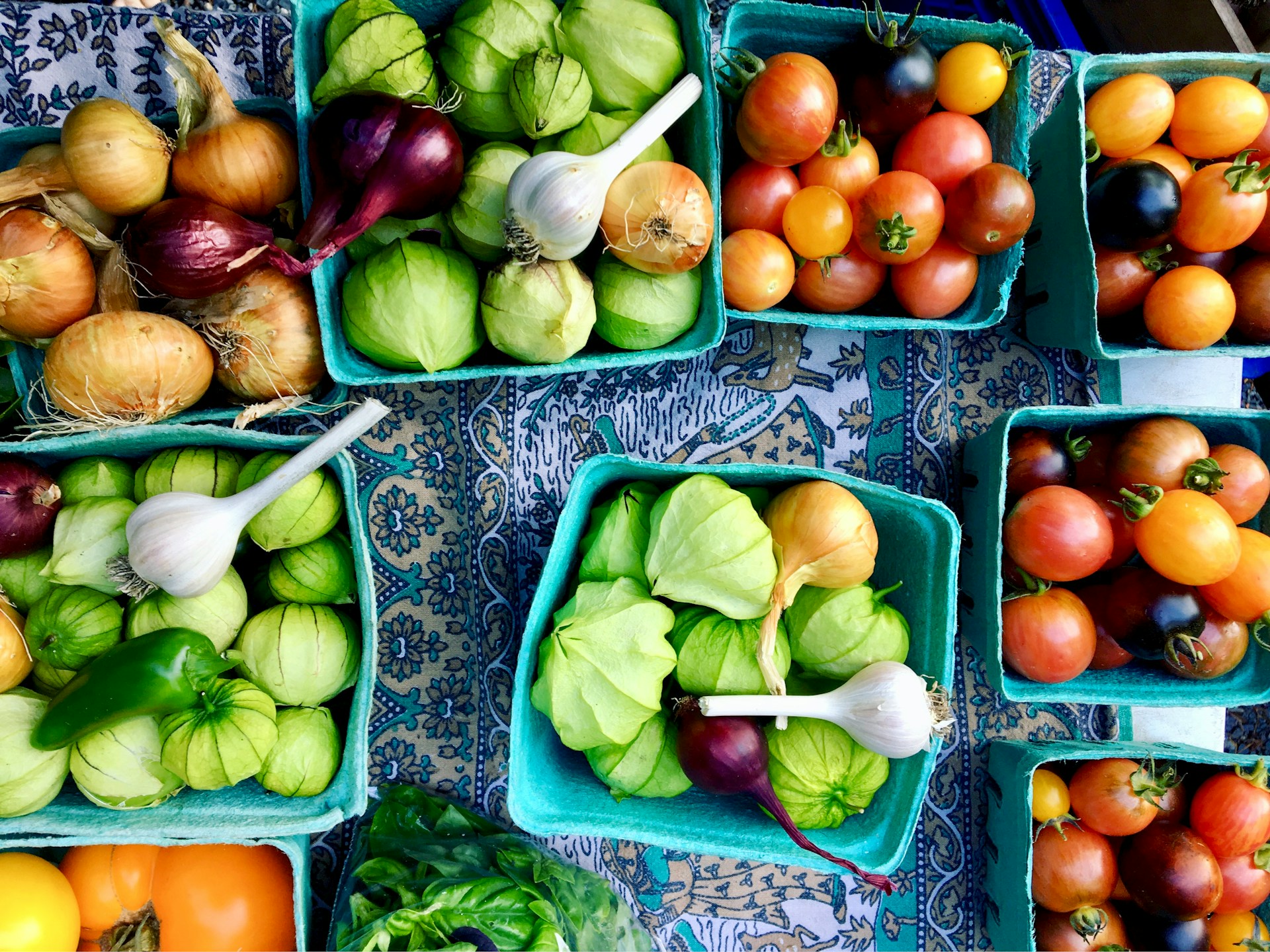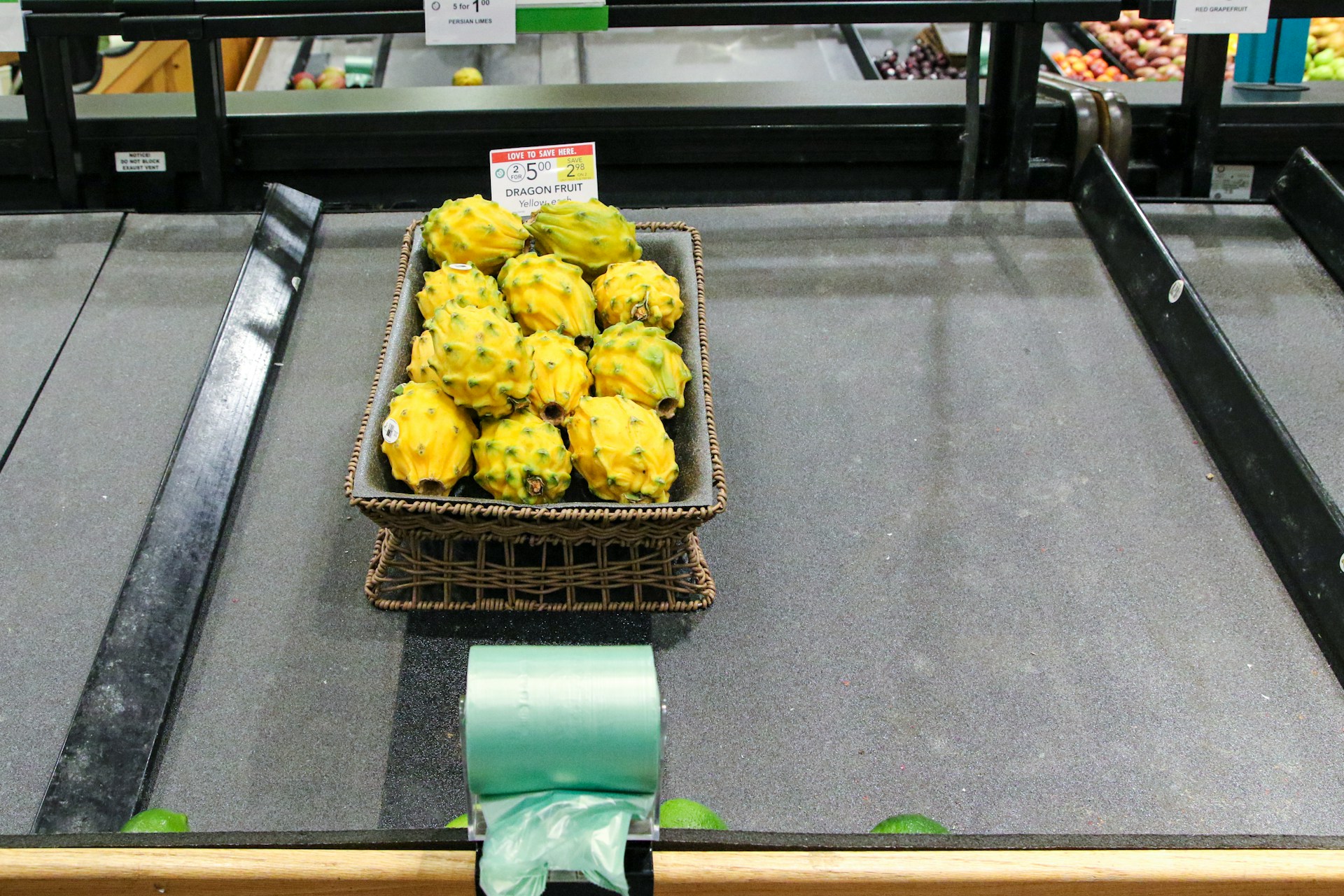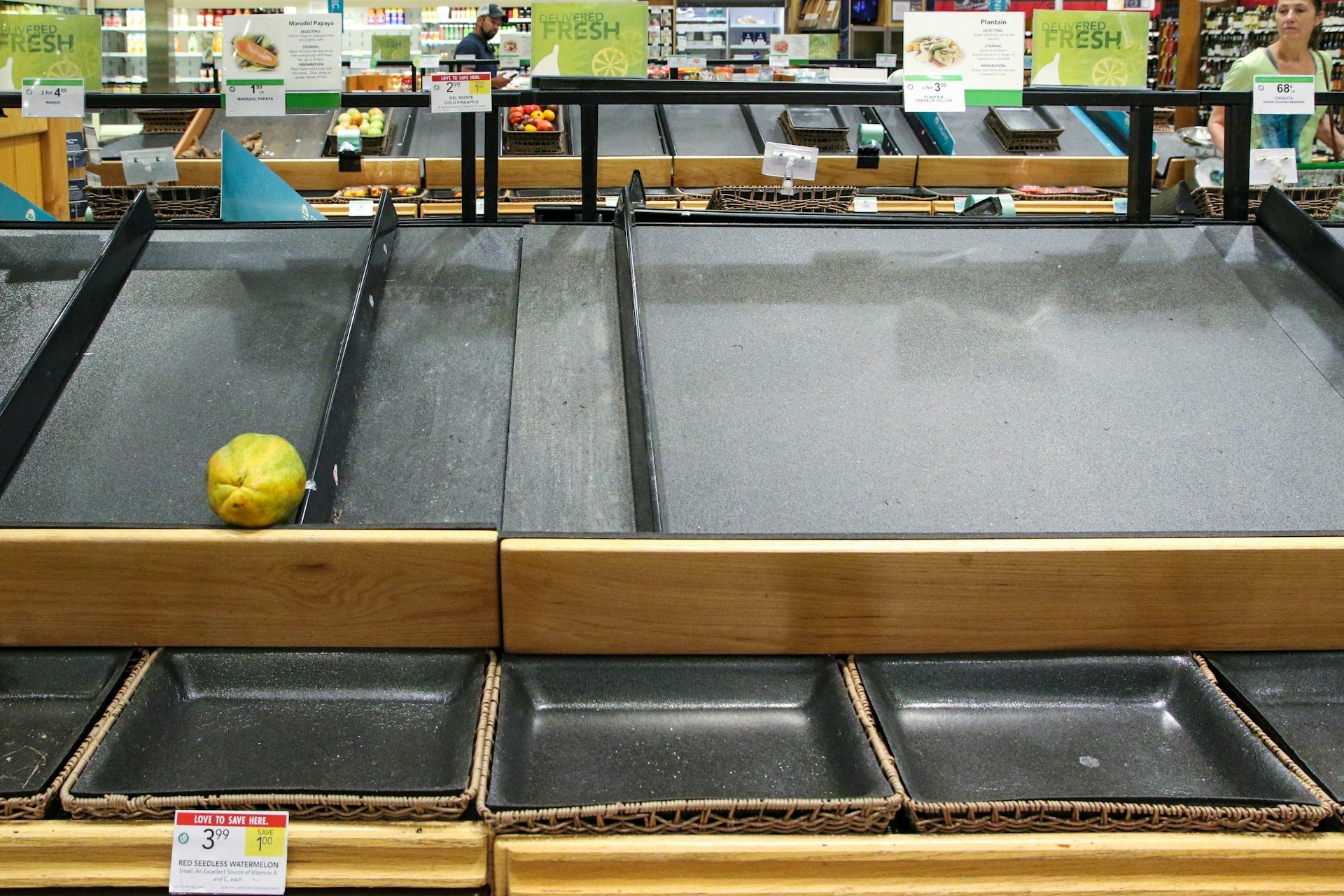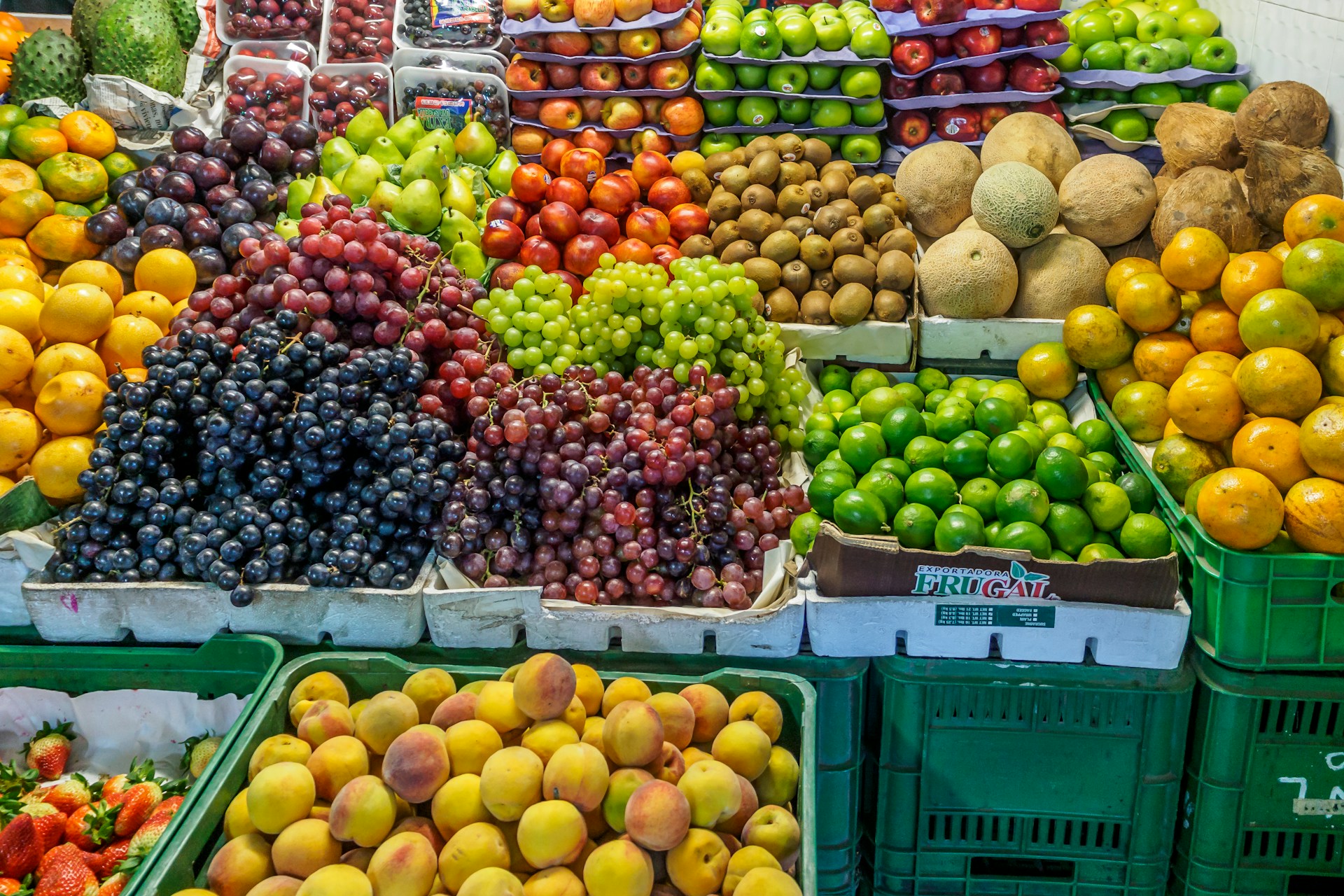Ensuring the maximum shelf life of any product is intrinsically tied to the supplier selection process.
A fundamental understanding of this relationship is indeed crucial for any business aiming to minimize waste and maximize profits.
This blog post will delve into the aspects to consider when choosing a supplier with the aim of prolonging shelf life.
We will explore strategies to mitigate risks involved, emphasizing on sourcing and quality control.
Detailed attention will be given to the key concepts and practical applications, supported with industry insights.
This information will greatly benefit businesses grappling with inventory issues and striving to make informed decisions around their supply chains.
Contents
Supplier Selection Criteria For Longer Shelf Life
1. Consistent Product Quality and Freshness
To have a longer shelf life, the supplier selection process should give high priority to product quality and freshness.
When evaluating potential suppliers, it’s essential to recognize that a product’s quality directly impacts its shelf life.
Suppliers with proven records of delivering high-quality products ensures that inventory remains fresh and sellable for an extended period.
It is thus imperative to focus on consistent product quality and freshness when selecting a supplier, as it directly influences the shelf life of the offered products.
Products sourced from a supplier who employs strict quality control measures are more likely to have an extended shelf life than those sourcing from less conscientious suppliers.
For instance, a supplier who guarantees that their fruits and vegetables are picked at their peak freshness and immediately cooled can significantly extend their shelf life and maintain their natural goodness longer.
This would not be possible without a stringent emphasis on product quality at the harvesting stage itself.
It’s equally important to ensure that the supplier adheres to the highest standards of hygiene and sanitation during the packaging and transportation process.
Any compromise on these fronts could lead to microbial contamination, significantly reducing the product’s freshness and shelf life.
Therefore, it’s crucial to choose a supplier who has strict policies in place to prevent such occurrences.
A supplier’s commitment to maintaining the freshness of their products is another critical aspect to evaluate.
This could be accomplished by the use of innovative techniques like vacuum-sealing, freezing, or using preservatives, which have been scientifically proven to increase shelf life without compromising product quality or freshness.
Moreover, it’s essential to ensure that the product is stored at the correct temperature and humidity levels during transit and delivery to your business, which directly impacts its shelf life.
Confidence in one’s supplier is a result of consistently receiving products that are fresh and of high quality, ensuring that items have the longest possible shelf life in your inventory.
Thus, the focus should be given to suppliers with a reputation for delivering products characterized by consistent quality and freshness, ultimately leading to long-lasting shelf life.
2. Efficient and Reliable Delivery Schedules
As part of the supplier selection criteria, efficient and reliable delivery schedules play a pivotal role in ensuring a longer shelf life of products.
Suppliers who value punctuality and have proven track records of honoring their delivery schedules are key to realizing freshness and quality in the products you deal in.
It is inherent that the quickest delivery does not necessarily equate to the best quality.
Instead, consistent delivery schedules where products are transported promptly upon their readiness helps reduce storage times at source, ultimately leading to a longer shelf life.
This is vital because, prolonged storage times at the source are often synonymous with product degradation and shorter shelf life.
Thus, consistent and speed delivery schedules are a supplier selection criterion you cannot afford to overlook.
The shortest path to ensuring a longer product shelf life is choosing a supplier known for reliable and efficient delivery schedules.
Choosing such a supplier shields your business from disruptive late deliveries that might lead to longer storage times, substandard product quality, and accompanying dropped customer satisfaction.
Customers bank on your ability to provide fresh and quality products consistently.
A supplier who prioritizes timely delivery schedules enables your enterprise to meet these expectations consistently.
Reliability in delivery schedules eliminates instances of stock-outs that might force you to resort to faster ageing products which comprise your product’s shelf life.
By working with suppliers with reliable delivery schedules, you can plan your stocks better.
Synchronized stock planning ensures only fresh and longer-lasting products reach your shelves, boosting customer satisfaction and loyalty.
This ultimately leads to increased sales, profit margins and growth of your business.
Therefore, having a supplier who not only delivers promptly but also does so reliably is a critical ingredient to the longer shelf life of your products.
In essence, efficiency and reliability in delivery schedules are vital supplier selection criteria for ensuring a longer product shelf life and should not be overlooked.
3. Robust Packaging for Product Protection
The importance of robust packaging in maintaining product quality and extending shelf life cannot be overstated.
As a retailer or catering business, the packaging strategy of your suppliers will significantly impact your offerings’ freshness and durability.
In the world of supply chain management, packaging is more than just physical protection. It is a strategic tool used to promote product longevity, cost-efficiency, and sustainability.
Firstly, proper packaging protects the product from premature decay, resulting from exposure to elements such as heat, light, air, and humidity.
The sturdy, reliable packaging can help prevent damage during transit, preserving the product’s integrity and thus maintaining its market value.
Furthermore, robust packaging helps prevent cross-contamination between products, a critical consideration for food and beverage suppliers.
Innovations in packaging technologies have gone beyond merely storing a product.
They now include features such as ‘freshness indicators’ and ‘active packaging’, which can significantly enhance product shelf life.
This is possible because they either control the product’s internal environment or contain components like oxygen scavengers, antimicrobial agents, and moisture absorbers.
Moreover, secure packaging materials provide an additional layer of defense by deterring unwanted opening or tampering, protecting the product against potential malicious actions.
Durable packaging also plays a vital role in brand reputation and customer satisfaction.
Customers are likely to avoid a brand linked to consistent product spillage or damage issues, negatively impacting brand loyalty and repeat purchase behavior.
When evaluating potential suppliers, it is a good practice to investigate their packaging policies and track the record regarding product protection.
This can be done by asking for relevant certifications, customer testimonials, case studies, or directly inspecting the packaging operations.
Choosing a supplier with a proven record in robust packaging strategies leads to a significant reduction in product spoilage, waste, and related losses for your business.
In the current market scenario, where environmental footprint and sustainability are becoming significant selection criteria, choosing suppliers using recyclable or biodegradable packaging materials is a smart business move.
This not only extends shelf life but also promotes your brand as a responsible and sustainable business, boosting your reputation in the marketplace.
4. Advanced Storage and Preservation Methods
The efficient selection of suppliers is instrumental in ensuring longer shelf lives for products, and one critical aspect of this is choosing suppliers who utilize advanced storage and preservation methods.
Modern and innovative storage solutions are capable of providing optimal environmental conditions for different types of products.
The choice of a supplier who understands and implements these advanced storage techniques can dramatically increase the lifespan of the products, prevent spoilage and maintain their overall quality.
For instance, controlled atmosphere storage has advanced in recent years to manipulate the amounts of oxygen, carbon dioxide, and nitrogen present to extend the shelf life of fruits and vegetables.
Such storage solutions can effectively slow down the ripening process, reduce the metabolic rate of the product, and consequently, prolong its freshness and quality.
Atmosphere storage methods can be a significant addition to the supplier’s storage and preservation techniques, which directly affect the shelf life of your product
The use of vacuum packing and canning are also viable preservation techniques adopted by many suppliers, which can keep products in a near pristine condition for an extended period.
The selection of a supplier should favor those with these capabilities as it significantly reduces the vulnerability of the products to airborne bacteria and other contaminants.
Furthermore, the capability of suppliers to implement advanced cold storage solutions is also crucial, especially for perishable goods.
As rapid cooling and freezing technologies have proven to be very effective in preserving the freshness and preventing bacterial growth in food products.
Microorganism growth, which leads to spoilage, is efficiently subdued at lower temperatures, and this extends the shelf life of the products.
Another innovative technique is the use of preservatives and antioxidants, which is now widely adopted by a number of suppliers.
Chemical preservatives, such as sodium benzoate and sulfites, not only prevent mold growth but also, by extension, significantly prolong the shelf life of products.
In the pursuit of suppliers, consideration should be given to those who use preservatives that are generally recognized as safe (GRAS) by the FDA.
This ensures that while the products’ shelf life is extended, it is not done at the expense of safety and consumer health.
It is crucial to remember that although advanced storage and preservation methods are effective, they have to be applied correctly and safely to ensure the desired product longevity.
5. Competitive Pricing Structure
In the realm of modern business, a competitive pricing structure is not only appealing to customers but also plays a significant role in supplier selection.
Having a supplier that offers a competitive pricing structure can translate to lower operational costs and increased profitability for businesses.
A supplier offering competitive prices implies that they understand the importance of cost-effectiveness and are keen to provide value for their customers’ investment.
Thus, considering the supplier’s pricing structure is crucial in ensuring longer shelf life since it dictates the realm of your procurement choices, either enabling or constraining your options for advanced storage and preservation methods.
To determine if a supplier has a competitive pricing structure, a business must carry out regular price benchmarking against competitors and market standards.
This involves collecting data on the prices of similar products in the market and comparing it with the supplier’s price to gauge their competitiveness.
Additionally, businesses can employ negotiation strategies to secure favorable pricing terms from the supplier.
Engaging in negotiations illustrates the commitment a business has to balance cost and value, which significantly influences supplier selection.
Even though price should not be the sole factor for supplier selection, it plays an integral part in ensuring a product’s longevity and profitability.
Moreover, the nature of the supplier’s pricing strategy affects the overall cost of inventory, which links directly to the longevity of products on the shelf.
Suppose suppliers maintain flexible pricing models, adjusting to shifts in commodity prices, changes in the competitive landscape, or fluctuations in demand. In that case, it may maximize product shelf life.
If a supplier can handle market dynamics and maintain competitive pricing, they can provide a consistent supply of quality products, contribute to longer shelf life, and reduce chances of obsolescence.
In the end, selecting a supplier is about finding the right balance of quality, reliability, and cost.
While the importance of a competitive pricing structure cannot be overstated, it should be examined in conjunction with other supplier selection criteria to ensure that you get the best possible value and achieve a longer shelf life for your products.
The Bottom Line
Maintaining an unwavering commitment to product quality and freshness is paramount for any thriving business, alongside efficient and reliable delivery schedules that ensure customer satisfaction.
Furthermore, robust packaging not only offers protection to our products but it also plays a significant role in visual appeal and customer perception.
Adopting advanced storage and preservation techniques further demonstrate our commitment to quality and sustainability.
Our competitive pricing structure ensures accessibility and affordability without compromising on the excellence of our products or services.
Altogether, these strategies underline the success and growth of our business in a highly competitive market.




